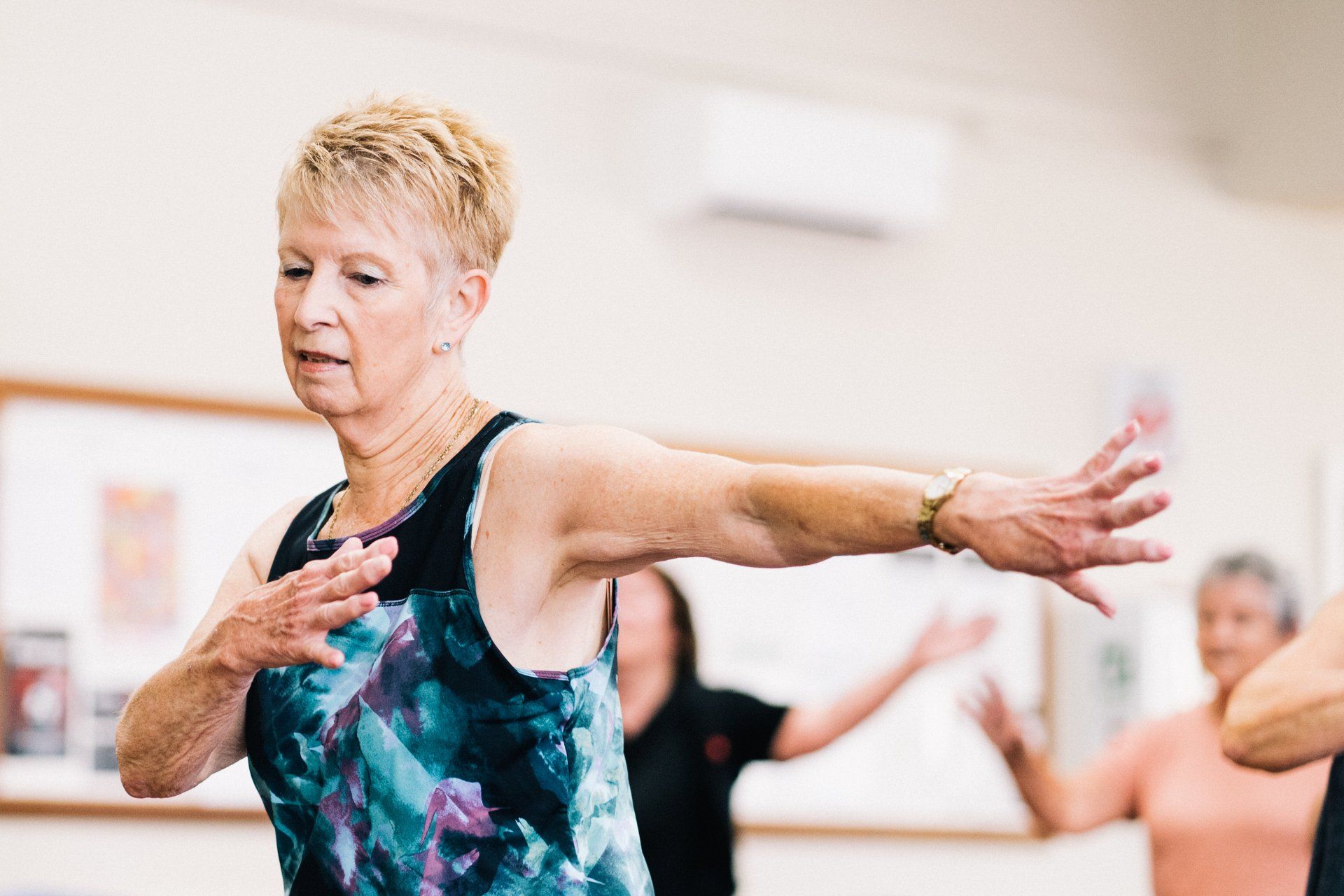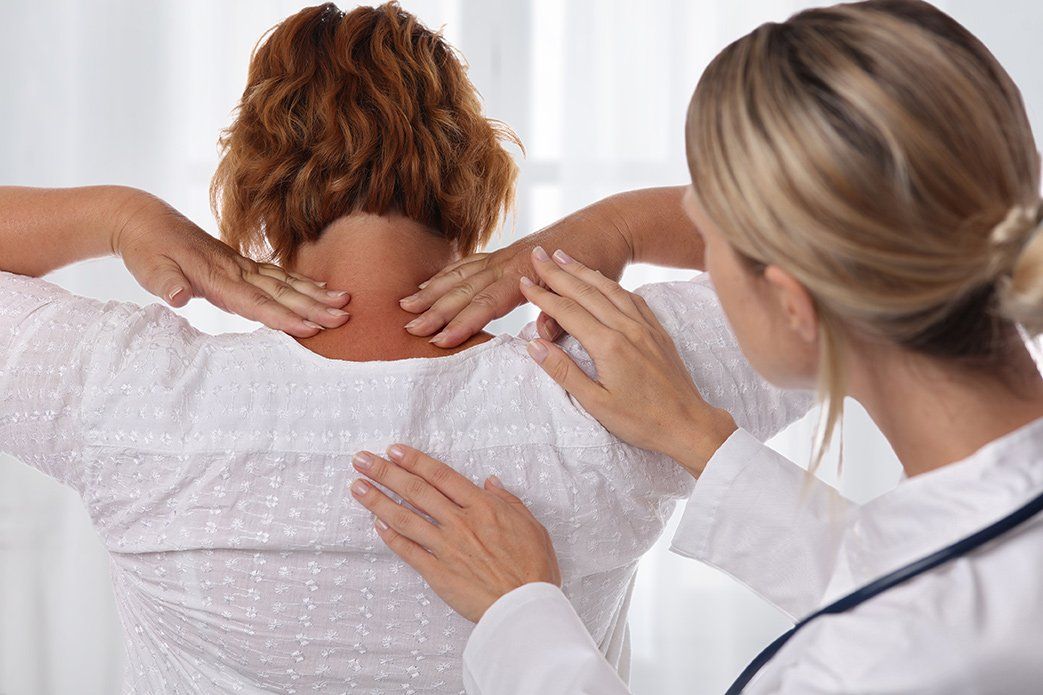Bone Health as a Healthcare Policy Issue
Why Is My Doctor Trying to Scare the $h!t Out of Me?
by Nick Birch FRCS (Orth), Andrew Bush MD, and Kimberly Zambito MD
Rates of osteoporosis and fractures associated with poor bone quality, which are known as fragility fractures, are at epidemic levels.
Osteoporosis is a systemic skeletal disease characterized by low bone mass and deterioration of bone structure which increases the risk of fractures.
- It is estimated that osteoporosis affects approximately 200 million people world-wide.
- Currently, it is estimated that 10 million individuals over age 50 in the United States have osteoporosis.
- Each year approximately 2 million individuals suffer a fracture due to osteoporosis.
- The risk of a fracture increases with age and is greatest in women.
- Approximately 1 in 2 women and 1 in 5 men age 50 or older will experience a hip, spine, or wrist fracture sometime during their lives.
- Approximately 40% of individuals are unable to return to their homes following a fragility fracture, requiring relocation to a nursing facility.
- As many as 20% of individuals will die within 6 - 12 months of a fragility fracture.
- An additional 43.4 million older adults have low bone mass or “osteopenia” and thus are at risk of osteoporosis and fragility fracture.
These are the statistics which are shared by physicians when talking to patients about osteoporosis.
Where do these statistics come from and why is my doctor trying to scare the $h!t out of me?!
Sources:
Osteoporosis. Juliet E Compston, Michael McClung, William D Leslie. The Lancet, 2019; 393: 364 - 376
The Recent Prevalence of Osteoporosis and Low Bone Mass in the United States Based on Bone Mineral Density at the Femoral Neck or Lumbar Spine. Nicole C Wright, PhD, MPH, Anne C Looker, PhD, Kenneth G Saag, MD, MSc, Jeffrey R Curtis, MD, MS, MPH, Elizabeth S Delzell, ScD, Susan Randall, and Bess Dawson- Hughes, MD. J Bone Miner Res. 2014 November; 29(11): 2520–2526. doi:10.1002/jbmr.2269.
Osteoporosis or Low Bone Mass in Older Adults: United States, 2017–2018. Neda Sarafrazi, Ph.D., Edwina A. Wambogo, Ph.D., M.S., M.P.H., R.D., and John A. Shepherd, Ph.D. U.S. DEPARTMENT OF HEALTH AND HUMAN SERVICES Centers for Disease Control and Prevention National Center for Health Statistics: NCHS Data Brief; No. 405: March 2021
An overview and management of osteoporosis. Tümay Sözen1, Lale Özışık2, Nursel Çalık Başaran. European Journal Of Rheumatology, 2017; 4: 46-56
Persistence of Excess Mortality Following Individual Nonhip Fractures: A Relative Survival Analysis. Thach Tran, Dana Bliuc, Louise Hansen, Bo Abrahamsen, Joop van den Bergh, John A. Eisman, Tineke van Geel, Piet Geusens, Peter Vestergaard, Tuan V. Nguyen, and Jacqueline R. Center. J Clin Endocrinol Metab, September 2018, 103(9):3205–3214 https://academic.oup.com/jcem
Osteoporotic-related fractures have an annual cost in the United States that parallels or exceeds the annual cost for myocardial infarction (heart attacks), breast cancer, and/or cerebrovascular accidents (strokes). We have been educated about heart attacks and various forms of cancer, but not about diseases that affect bone health. What if we think about a hip fracture or a vertebral body fracture as a “bone attack”, similarly to how we see the result of cardiovascular disease as a “heart attack”?
The cost of fragility fractures to society is financially burdensome. Fragility fractures are a source of significant human suffering, lost productivity and lost independence. Costs of providing care for osteoporotic fractures among Medicare beneficiaries was approximately $14 billion in 2018. The cost is expected to increase to over $25 billion in 2025. Keep in mind that statistics related to cost are often based on treatment and hospital costs and may underestimate the true costs associated with fragility fractures.
Ponder these questions:
· Is the financial burden related simply to the aging population breaking bones?
· Does the financial burden relate to my loved ones taking time from work to care for me if I sustain a debilitating fracture?
· How do the other conditions I have (“co-morbidities”) play a role in bone health and falls resulting in fractures?
Sources:
Treatment rates and healthcare costs of patients with fragility fracture by site of care: a real world data analysis. A. Singer, M. R. McClung, O. Tran, C. D. Morrow, S. Goldstein, R. Kagan, M. McDermott, A. Yehoshua. Archives of Osteoporosis (2023) 18:42 https://doi.org/10.1007/s11657-023-01229-7
Bone Health and Osteoporosis Foundation. Osteoporosis Fast Facts. Available at https://www.bonehealthandosteoporosis.org/wp-content/uploads/Osteoporosis-Fast-Facts-2.pdf
To stem the exponential rise in fragility fractures and the associated suffering and financial burden on society, our colleagues and policymakers are encouraged develop and implement public-wide screening programs and educational programs to increase awareness on the importance of bone health. DXA scans have been the mainstay for screening for osteoporosis, yet DXA scans are not accessible to everyone. Location and distance may be a factor, or a long waitlist, or obtaining a DXA scan may be cost-prohibitive if a patient does not meet insurance criteria for a DXA; and as mentioned in a previous blog, over 90% of DXA reports have at least one error. Some patients are concerned about the cumulative effect of radiation exposure.
You may consider there are other ways to screen bone health. Fracture risk assessment tools are available online. Look for a fracture risk assessment tool specific to your area of the world.
Check out the website for FRAX found at https://frax.shef.ac.uk/FRAX/
REMS scans are cost-effective, accurate, and portable. The portable unit (EchoS+) has immense potential to address bone health care disparities that are present in our healthcare system.
As you choose to empower yourself, start by taking inventory of your overall health.
· List your medical issues.
· List any medications you are taking.
· Does each medical issue or medication taken for a medical issue affect my balance, eyesight, or ability to focus my mind?
· How is my balance?
· Am I strong or are my muscles flabby and weak?
· How long can I stand on one leg (a good test of balance and strength)?
· Am I doing myself harm by smoking or drinking too much?
This list can certainly be expanded. Every journey starts with one single step and that first step is taking an honest look at where you are. The direction of that first step is up to you. If waiting for a policy maker or a system to tell you where to take that first step, it may be in a direction you do not want to go.
You can empower yourself and take responsibility to optimize your bone health and to minimize the risk of fracture. Open yourself to learning from credible and reliable sources. Realize that no one has all the answers and only you have the answers that are right for you. Partner with your healthcare professional to optimize your bone health.
And…one more resource for you…
https://www.niams.nih.gov/health-topics/bone-health-and-osteoporosis









